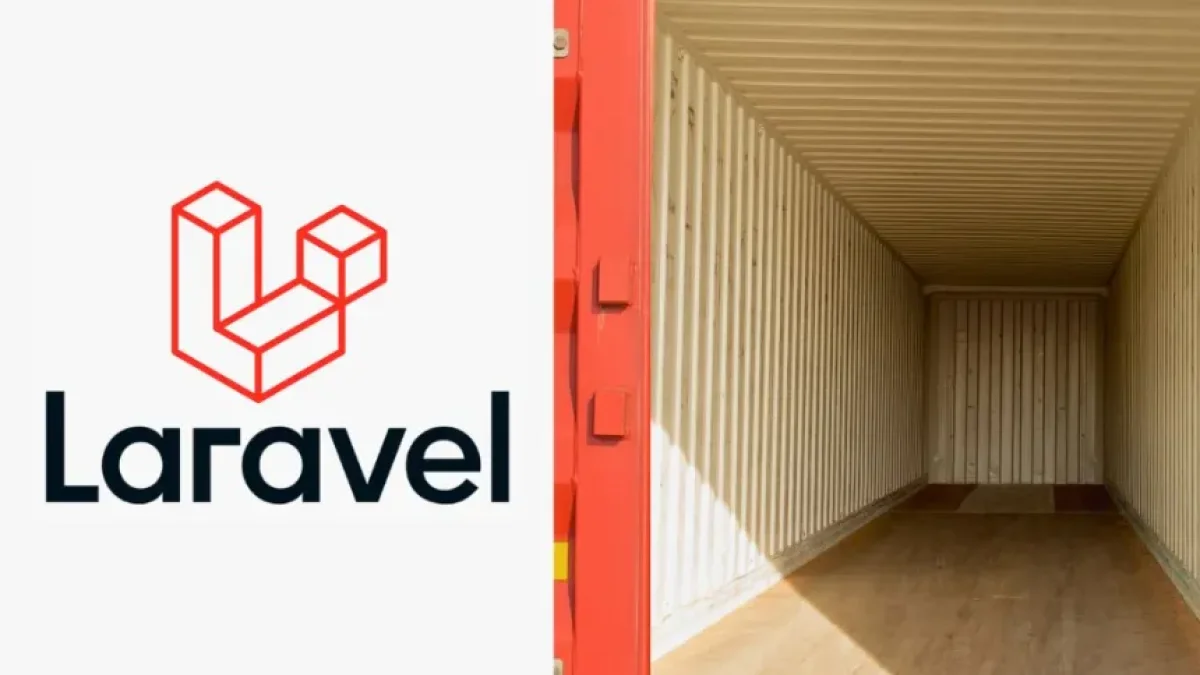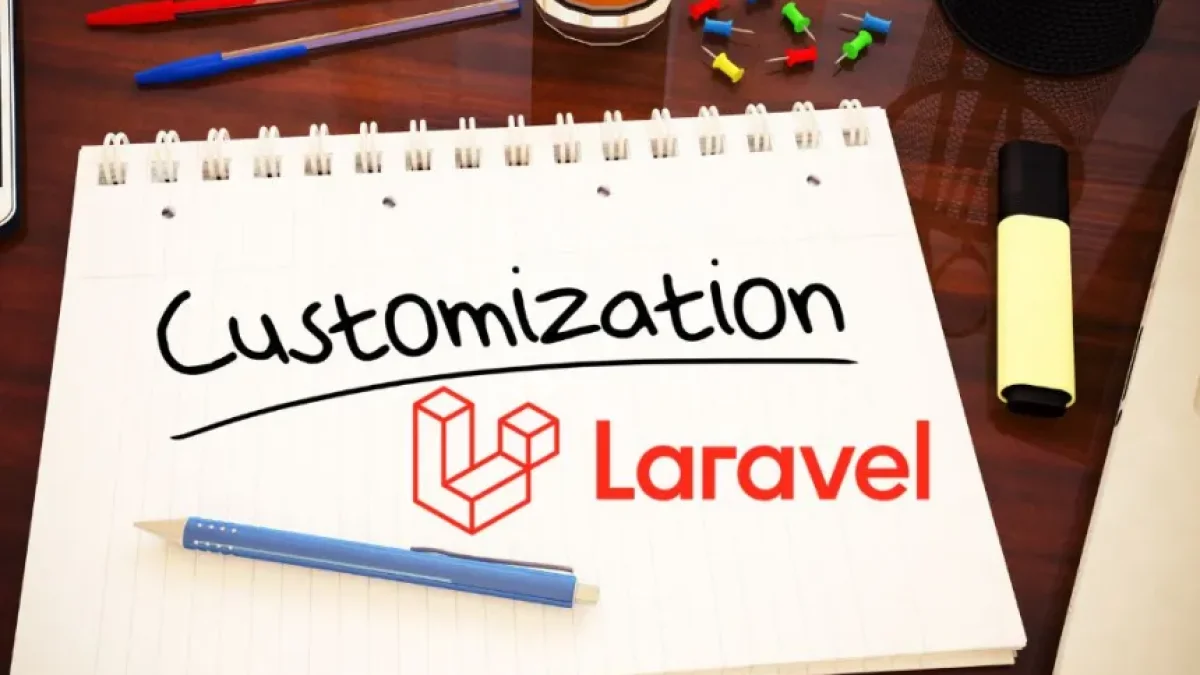Master the service container in Laravel 11 with examples.


In the world of web development, Laravel has established itself as one of the most popular and powerful frameworks for building applications in PHP. One of its most outstanding features is the service container, a fundamental tool that allows for the management of dependencies in your application. Below, we will explore how this container works in Laravel 11, accompanied by practical examples to facilitate understanding.
What is the service container in Laravel?
The Laravel service container, often simply referred to as "the container," is a tool that provides an effective way to resolve and manage class dependencies within an application. This means that instead of manually instantiating classes and managing their dependencies, Laravel takes care of it for you, making code creation and maintenance easier.
Importance of the service container
Using the service container in Laravel is crucial for several reasons:
- Dependency Injection: It allows dependencies to be automatically injected into classes, which improves code readability and maintainability.
- Decoupling: It promotes less coupled code, making it easier to implement tests and changes in application logic.
- Ease of Use: It provides simple interfaces for registering and resolving objects, which simplifies usage.
How to use the service container in Laravel 11
Laravel 11 has maintained simplicity in how the service container is used. Here are some examples to help you get started mastering it.
Read also
Registering a service
To register a service in the container, you can use the bind method in the AppServiceProvider or any other service provider. For example, you could register a class that handles email sending logic as follows:
// In App\Providers\AppServiceProvider.php
public function register()
{
$this->app->bind('MailService', function ($app) {
return new \App\Services\MailService();
});
}Resolving a service
Once you have registered a service in the container, you can access it from anywhere in your application. To resolve the service we just registered, you could do the following:
$mailService = app('MailService');
$mailService->send($email);Another way to resolve dependencies is by using constructor injection. Laravel will automatically provide the correct instance. For example:
Read also
class UserController extends Controller
{
protected $mailService;
public function __construct(\App\Services\MailService $mailService)
{
$this->mailService = $mailService;
}
public function sendEmail(Request $request)
{
$this->mailService->send($request->email);
}
}Example of a singleton
The service container also allows you to register a service as a singleton, which means that only a single instance will be created and that same instance will be used for each resolution. To do this, use the singleton method:
// In App\Providers\AppServiceProvider.php
public function register()
{
$this->app->singleton('ConfigService', function ($app) {
return new \App\Services\ConfigService();
});
}In this way, you can ensure that there is only one instance of ConfigService throughout your application, optimizing resource usage.
Conclusion
Mastering the service container in Laravel 11 will allow you to create more efficient and maintainable applications. Its ability to effectively manage dependencies is one of the features that make Laravel such a powerful framework. Practice the examples and experiment with the container to make the most of this tool.
I invite you to read more news of this kind on my blog, where I continue to share resources and tips on development in Laravel and other technologies. Don’t miss it!



















